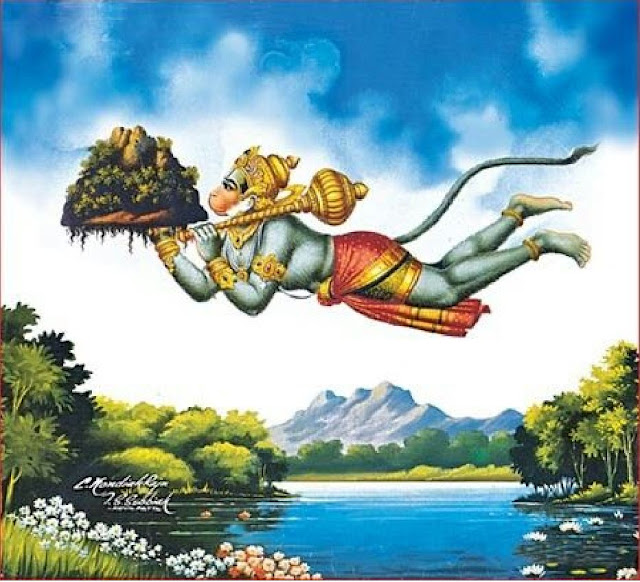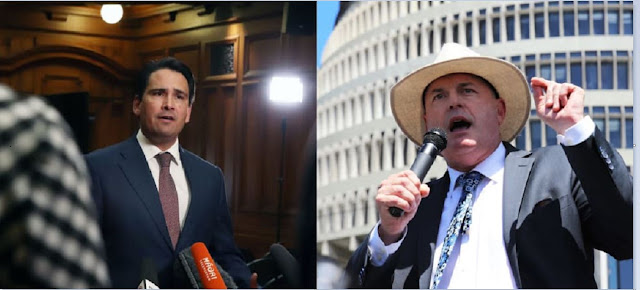HOW GOVERDHAN - DHARI KRISHN KILLS EGO AND GIVES RESPECT TO NATURE
Thakur Ranjit Singh
We grew up learning about how a child Krishn lifted up Goverdhan hill to save his people from the wrath, anger of rain god Indr.
The people of the forest of Vrindavan had a custom of offering elaborate meals to Lord Indr, the Rain (and storm) God. They did so to please him enough to be blessed with timely rainfall and good harvests.
 |
| Goverdhan -Dhari Krishn - when Indr showed his anger at people who rejected him to pray to Goverdhan, Krishn used the hill as a shelter to protect his devotees. |
This angered Indr and he sent down torrential rain and thunderstorms to the region of Vrindavan. The storm went on for days and the village soon started drowning in the ensuing floods. It is then that the people begged for Krishn’s help, who advised them to move towards the Goverdhan hill. Once there, he lifted the whole hill with his little finger, urging everyone to come under the hill to take shelter from the storm, and thus saving them from the wrath of Indr.
This incident is seen to represent how God will protect all devotees who take singular refuge in him. Bhagwan ke sharan mein jaao, Rakscha karenge.
It also shows our love for nature, the hills, the mountains, the greeneries that sustain life.
But most importantly, it depicts defeat of EGO, ghamand, self-importance, pride, conceit and snobbery over love, logic, compassion and humbleness of a child Lord.
Indr accepted defeat and even pleaded safety of his son, Arjun, and Krishn was true to his vow to always protect Arjun, who was deemed to be Indr’s son, and Krishn’s Bahnoi, married to Krishn’s sister, Subhadra.
The other important aspect of Goverdhan Parvat is its link to Ramayan in Treta Yug. According to another folklore, this mountain was in fact first lifted by Hanuman.
 |
| When Devtas abused their position and powers, like powerful and rich humans, it needs the action of the Almighty to shatter their pride-and EGO. The Goverdhan Parvat episode reveals this. |
Hearing this, Hanuman who was bestowed with special powers, flew to the Himalayas and plucked out a huge hill. However, on his journey back, he learnt that the bridge had already been constructed.
So, he left the hill, the Parvat in Vrindavan. Hearing this, the mountain was deeply saddened thinking that he will be of no use to Lord Ram. Sensing his condition, Hanuman told the hill (which was Goverdhan Parvat) that in the Dwapar Yuga, when Ram would incarnate as Krishn, the mountain will be lifted by Krishn, and would serve God by sheltering Krishn’s loved ones.
So, after Hanuman had first lifted the hill, and left it in Vrindavan, Lord Krishn lifted it again and today it is a revered place that it is worshiped by hundreds of people every day.
[About the Author: Thakur Ranjit Singh is a journalist and a media commentator, and runs his blog FIJI PUNDIT. He is originally from Fiji and is based in Auckland, New Zealand. E-mail: thakurjifj@gmail.com]



























